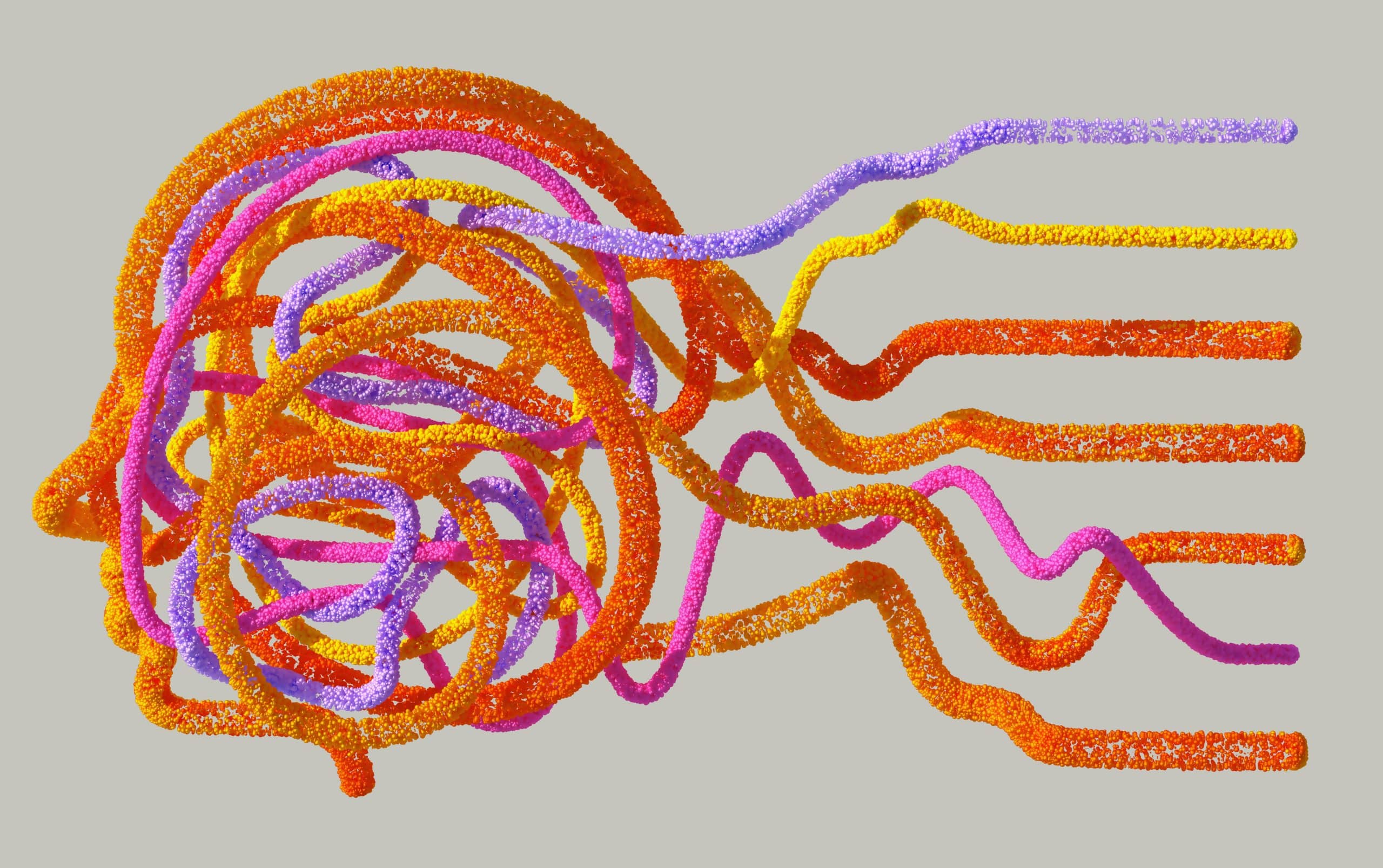One way to help with mental health concerns or persistent negative thoughts is by using cognitive behavioral therapy (CBT) journaling. Dealing with stress, anxiety, and negative thoughts is a part of every person’s life. No matter what is going on at school, work, or in your social circle, every person has highs and lows. It’s a matter of how you deal with the low points that determines how you can get back on track.
This therapeutic method uses the traditional foundation of cognitive behavioral therapy, coupled with the user keeping a journal throughout the process that helps identify negative thoughts and patterns in behavior and encourages active participation, which will foster mental well-being.
What is Cognitive Behavioral Therapy?
For those who are new to trying cognitive behavioral therapy or who think that CBT journaling can work well for them, it is helpful to first understand the therapy process. First people are asked to identify their negative thoughts by writing them down in a journal. Figuring out what brings out the negative thought processes in your brain and what can help mediate stress, anxiety, or depression allows the user to identify patterns and ‘triggers’ that set off the problematic thought processes.
Once a trigger or pattern is identified, it makes it easier for the patient and the therapist to bring more balance and cognitive awareness to reducing the presence of triggers in the person’s daily life. Journaling helps them come up with tools that can help with problem solving, emotional well-being, and greater self-awareness. There are a few main characteristics of CBT journaling that we will discuss below.
Characteristics of CBT Journaling
Thought Records
The first characteristic of a CBT journal entry is basic thought recording. People are encouraged to write down whatever they are thinking about at a certain moment, time period, or event. Next, they try to write about why they did something or felt a certain way and how it has affected them after. Coming up with reasons or situations that trigger emotional responses is key to identifying negativity in someone’s life.
Identify Illogical Thinking
The second characteristic of a CBT journal is using the previous thought recording to determine if there is any thinking that might not be entirely rational. Cognitive distortions can occur when someone’s brain tells them something different than what is actually going on, leading to negative behaviors, anxious emotions, and stressful habits.
Negative Thoughts
The third step in the CBT journal is identifying negative thoughts and challenging them. Reframing and restructuring negativity can help a person figure out coping skills that change their state of mind and their outlook on a situation.
Behavioral Patterns
The next step for CBT journaling is monitoring behavior in varying situations. Why did someone act that way, and how can the writer change their reaction to remain calm, rational, and positive? Figuring out problematic responses can help a person remain more thought-based and even-keeled.
Set Goals
The last step for a CBT journal is to set goals that are attainable and measurable. Clinicians help the writer set specific goals for changing an undesirable behavior and monitor the person’s progress along the way. The writing helps people stay focused and attentive to the task at hand. Feeling like someone is progressing and doing well toward achieving a goal helps boost mental health and gives them something to look forward to during therapy.
*This article is simply intended to provide information. It is not intended to replace the advice from a physician. Please speak with your doctor if you have any questions or concerns*
For More Great Content
Total Apex is a leading content producer. We provide articles every day on entertainment, gaming, sports, and other current topics! Check out all our great sports content Total Apex Sports. Check us out on X @TotalApexEandG and our other sites: Total Apex Sports Bets and Total Apex Fantasy Sports.











